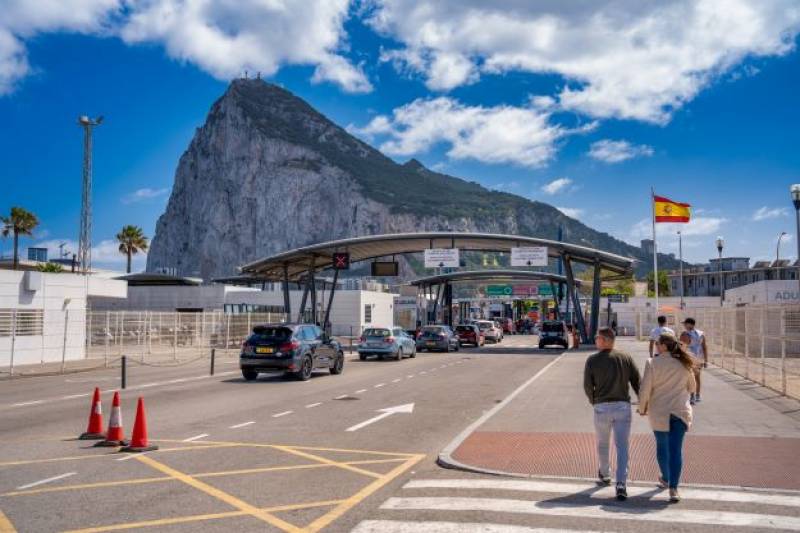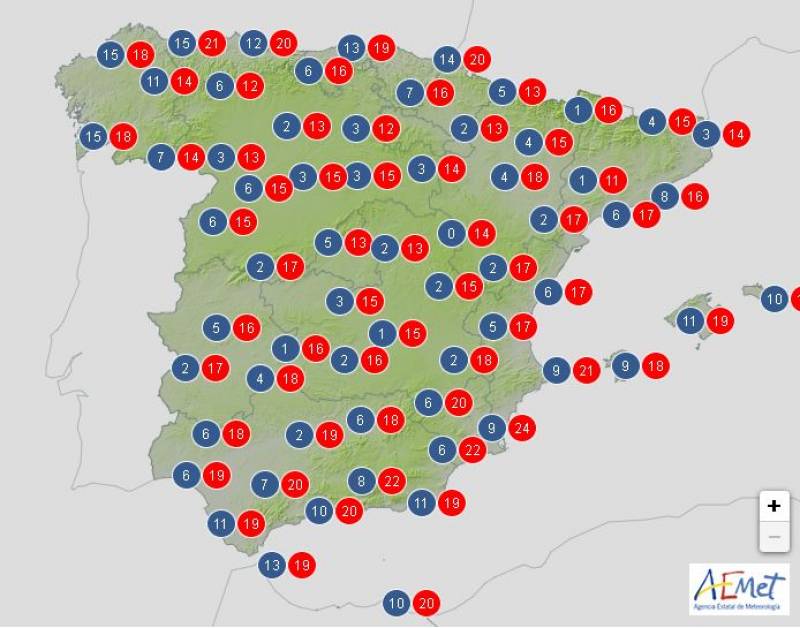- Region
- Águilas
- Alhama de Murcia
- Jumilla
- Lorca
- Los Alcázares
- Mazarrón
- San Javier
-
ALL AREAS & TOWNS
- AREAS
- SOUTH WEST
- MAR MENOR
- MURCIA CITY & CENTRAL
- NORTH & NORTH WEST
- TOWNS
- Abanilla
- Abarán
- Aguilas
- Alamillo
- Alcantarilla
- Aledo
- Alhama de Murcia
- Archena
- Balsicas
- Blanca
- Bolnuevo
- Bullas
- Cañadas del Romero
- Cabo de Palos
- Calasparra
- Camping Bolnuevo
- Campo De Ricote
- Camposol
- Canada De La Lena
- Caravaca de la Cruz
- Cartagena
- Cehegin
- Ceuti
- Cieza
- Condado de Alhama
- Corvera
- Costa Cálida
- Cuevas De Almanzora
- Cuevas de Reyllo
- El Carmoli
- El Mojon
- El Molino (Puerto Lumbreras)
- El Pareton / Cantareros
- El Raso
- El Valle Golf Resort
- Fortuna
- Fuente Alamo
- Hacienda del Alamo Golf Resort
- Hacienda Riquelme Golf Resort
- Isla Plana
- Islas Menores & Mar de Cristal
- Jumilla
- La Azohia
- La Charca
- La Manga Club
- La Manga del Mar Menor
- La Pinilla
- La Puebla
- La Torre
- La Torre Golf Resort
- La Unión
- Las Palas
- Las Ramblas
- Las Ramblas Golf
- Las Torres de Cotillas
- Leiva
- Librilla
- Lo Pagan
- Lo Santiago
- Lorca
- Lorquí
- Los Alcázares
- Los Balcones
- Los Belones
- Los Canovas
- Los Nietos
- Los Perez (Tallante)
- Los Urrutias
- Los Ventorrillos
- Mar De Cristal
- Mar Menor
- Mar Menor Golf Resort
- Mazarrón
- Mazarrón Country Club
- Molina de Segura
- Moratalla
- Mula
- Murcia City
- Murcia Property
- Pareton
- Peraleja Golf Resort
- Perin
- Pilar de la Horadada
- Pinar de Campoverde
- Pinoso
- Playa Honda
- Playa Honda / Playa Paraíso
- Pliego
- Portmán
- Pozo Estrecho
- Puerto de Mazarrón
- Puerto Lumbreras
- Puntas De Calnegre
- Region of Murcia
- Ricote
- Roda Golf Resort
- Roldan
- Roldan and Lo Ferro
- San Javier
- San Pedro del Pinatar
- Santiago de la Ribera
- Sierra Espuña
- Sucina
- Tallante
- Terrazas de la Torre Golf Resort
- Torre Pacheco
- Totana
- What's On Weekly Bulletin
- Yecla


- EDITIONS:
 Spanish News Today
Spanish News Today
 Alicante Today
Alicante Today
 Andalucia Today
Andalucia Today
EU proposes gradual roll-out of Entry-Exit border control system
The EES border management will now be phased in over a period of 6 months

After already suffering several delays, the introduction of the EU’s new Entry-Exit System (EES), which will implement fingerprint and facial recognition checks for non-EU travellers at ports and airports, is set to undergo even more changes.
It might feel like the never-ending story, but the border control system, last tipped to go live in November, is an extremely complex scheme and Brussels wants to make absolutely sure that every country is equipped and ready for the roll-out.
As a result, the European Commission announced last week that it’s considering a six-month phased introduction of the border management system to ensure that it works “fluidly” from day one.
This proposal must now be approved by the other two co-legislators, the Council of the EU and the European Parliament.
Once it’s properly up and running, the EU will have the “most modern digital border control system in the world” and the EES will represent an “important milestone in the Union’s efforts to improve border security, knowing who enters and who leaves the Union territory,” explained Magnus Brunner, Commissioner for Home Affairs and Migration.
Designed to modernise and secure Europe’s borders, the EES will provide real-time data on who enters and exits the EU.
Assuming the proposal is passed, which seems likely given the level of support from member states, the EES, originally set for launch in late 2023, will instead be introduced incrementally.
Member states will begin using the system at select border crossings, starting with at least 10% of crossings on day one. By the end of the six-month period, the system will be fully operational across all external borders.
During this transition, electronic data registration will begin at designated borders, while passports will continue to be stamped at all crossing points.
In theory, this approach will ensure minimal disruption and provide a buffer for addressing technical issues. The proposal also allows for temporary system suspensions in case of unexpected failures, avoiding excessive delays for travellers.
How the Entry/Exit System works
The EES is a state-of-the-art automated system designed to register the entry and exit of third-country nationals travelling for short stays in the EU or Schengen-associated countries.
The system will capture key data, including:
- Biometric information (fingerprints and facial images)
- Passport details
- Dates and locations of entry and exit
- Any refusals of entry
Costing 480.2 million euros over four years, the system is expected to streamline border checks, strengthen the Schengen area’s security and curbing identity fraud.
It will also help identify individuals who overstay their visas and automate routine border control tasks, reducing wait times and improving travellers’ experiences.
Image: EES
Loading
Sign up for the Spanish News Today Editors Roundup Weekly Bulletin and get an email with all the week’s news straight to your inbox
Special offer: Subscribe now for 25% off (36.95 euros for 48 Bulletins)
OR
you can sign up to our FREE weekly roundup!
Read some of our recent bulletins:
25% Discount Special Offer subscription:
36.95€ for 48 Editor’s Weekly News Roundup bulletins!
Please CLICK THE BUTTON to subscribe.
(List price 3 months 12 Bulletins)
Read more stories from around Spain:
Contact Murcia Today: Editorial 000 000 000 /
Office 000 000 000



























